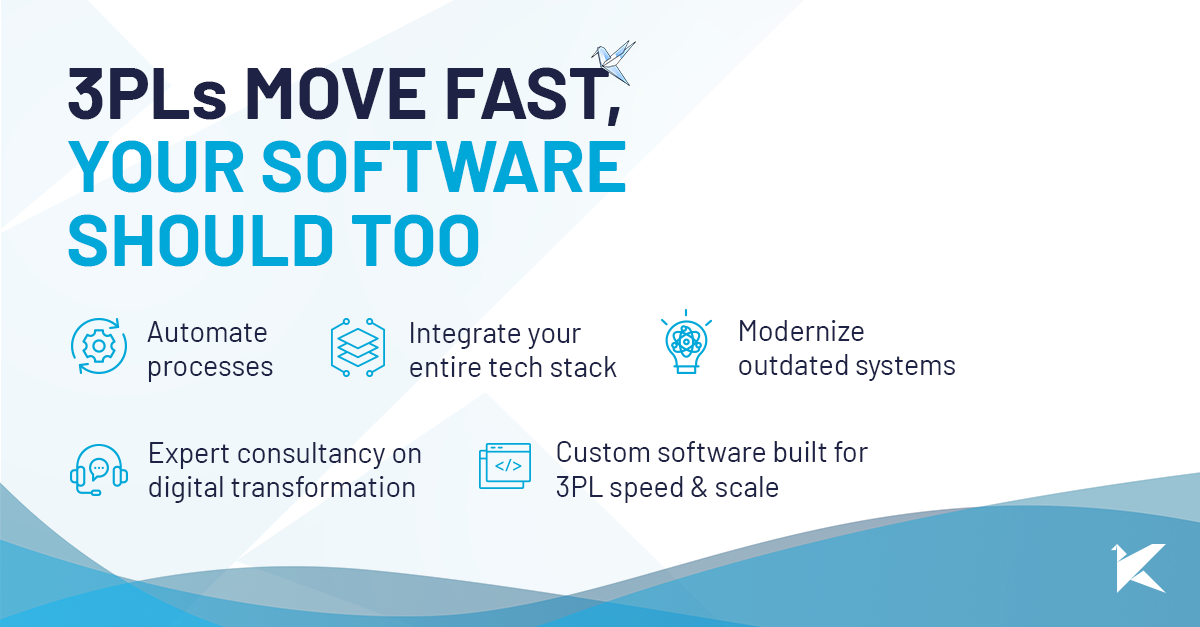There’s plenty of material telling you about the benefits of outsourcing software development services to nearshore companies. The upsides are similar time zone, cultural affinity, a high-quality talent pool, and cost reductions. Even though these things are true, that’s just a general idea of what nearshore outsourcing is all about.
You might be already interested in it, but given how many software development teams are out there, how do you know which one you should partner with?
Read on as we point out what factors are most important to consider when choosing your next nearshore software partner.
A bargain might compromise your business

If you’re considering nearshoring just to save as much money as possible, then you’re missing the point. In fact, just considering the cheapest option could lead to bad experiences.
Magne Jørgensen, researcher and professor at the University of Oslo, showed in a research paper that software providers with bids 25% lower than the average correlate to a 9% increase in the frequency of project failure for the same skill level, suggesting that an excessive emphasis on low prices makes it more likely that projects fail.
Software development is no simple task. It takes hard work, knowledge, skill, and most importantly time, to end up with a scalable, testable, and user-friendly software product ready to run.
Promises of exceptionally quick work at the lowest price should be viewed with healthy skepticism. You might know of folks in your community who have already gone through bad situations when their cheap outsourced software turned sour, like Boeing’s offshore outsource fiasco.
Don’t get discouraged though!
Finding quality nearshore software development companies while not breaking the bank is still possible because of the exchange rate, salary differences, and great talent pool. You just need to take your time and correctly assess your potential partners before making a decision, which leads me to my next point.
Agile methodology is key to success
Avoid injecting money into a black box, only to open it months or years later and find something completely different than what you were expecting. Partnering with software companies with a strong agile approach is a great way to prevent this.
The Forbes Technology Council agrees that an agile software development process translates into quality project management: faster feedback cycles, effective problem identification, disrupting changes prevention, flexible prioritization, maintaining high customer satisfaction, identifying benefits sooner, free commitment and continuous improvement.
Software development does better in an ongoing back-and-forth process, where you describe your desired result to your IT partner, evaluate the intermediate results, both parties provide feedback and exchange opinions, and iterate the process until convergence is finally achieved.
And how do I identify a software company with a strong agile culture you ask? You should evaluate how they behave. Shy away from those trying to sell you pre-established solutions, and stick to those who are honestly trying to understand what your needs are and how your business model works.
A good agile team will not only come to the Scrum Ceremonies with regular updates, but they will dive deep into your ideas and actively look to suggest recommendations and improvements to your product.
Every project is unique, and will require the most focused, responsible, and committed development team to bring your ideas down to earth and successfully deliver. Checking references is a good starting point.
The importance of user experience (UX)
Nowadays our brains are being bombarded with information and stimulus coming from everywhere, specifically from our computers and cell phones, constantly distracting us with our social media feed, news updates, work info, and more.
Therefore, customers aren’t only needing, but are demanding, simple and easy-to-use UX/UI that lets them quickly understand and make use of your services, giving a necessary rest to their busy heads meanwhile.
To get an idea of how important this is, take for instance a research study by Baymard where they tracked the global average e-commerce cart abandonment rate for 9 years, concluding it was around 69%. The main reasons were UX/UI flaws at the design and check-out flow that frustrated or made it hard for users to buy.
If this wasn’t enough to make a point, suffice to say that after a no-ROI period, Walmart decided to redesign its website in 2018, paying special attention to UX/UI. The results: Walmart’s e-commerce sales grew by 43%.
The important question here is whether your software consultant can turn all those lines of code into something accessible and easy for your customers to use and love.
When searching for your next nearshore software development agency, take a look at their case studies. See if their previous projects not only do what they say but also look professional, simple, and smooth.
Don’t forget that even if you have the most solid software engine running, it’s worthless if users find it counterintuitive.
Go for flexibility
Today’s world moves fast. To survive, you must have the ability to quickly adapt to new situations.
What worked for you in the past might not be useful now. Committing to long-term relationships with a partner through hard-binding legal contracts might not be your best bet.
Outstanding nearshore digital transformation agencies know and embrace this. Moreover, they will offer flexible working frameworks where you can easily ramp up and down without any bureaucracy.
They will freely let you decide if you want to stay or leave because they’re committed to consistently providing you with the best service. That way you’ll want to keep choosing them as your software development partner because you continue to see ROI in the relationship. That’s the kind of value-based relationship you’re looking for!
Look for stable countries
So far we’ve talked about software companies and business, but given that nearshoring is the central topic of this post, we can’t avoid talking about countries.
Their strengths and weaknesses vary a lot from region to region, making it difficult to establish generalities. However, there are some key factors you should keep in mind when researching countries: political, economic, and judicial stability.
Usually, nearshore countries fall into the category of “developing countries”, which makes them interesting because of lower costs, but many often suffer from social upheavals, economic crises, and mismanaged governments.
Any of these issues can put your investment or business at risk because they could lead to exchange rate restrictions, massive layoffs, authoritarian governments, or expropriations.
When looking at which country to choose, consider Uruguay. This South American country is recognized worldwide for its enduring democratic institutions and solid rule of lay, high human development index, stable and open economy, excellent English level, the fastest internet connection in the region and massive tech education investment.
Summary
Key things to keep in mind when choosing which nearshore digital transformation agency to partner with:
- Take advantage of natural nearshore lower costs and aim for quality providers rather than blindly going for the cheapest option available
- Get close to development teams genuinely trying to understand what you need, instead of imposing their solutions. Value honest and involved development teams who aren’t afraid of telling what they think
- Give special consideration to software companies with UX/UI expertise. You want your users to experience software that runs as good as it looks
- Stick to firms that let you freely come and go within flexible working frameworks. They’ll sustain value-based relationships, providing ROI to you
- Look for the most stable countries to invest in. Stay updated on news about political instability, economic crises, or social upheavals. This way you’ll avoid future pitfalls.




